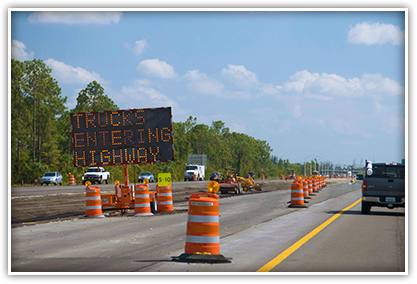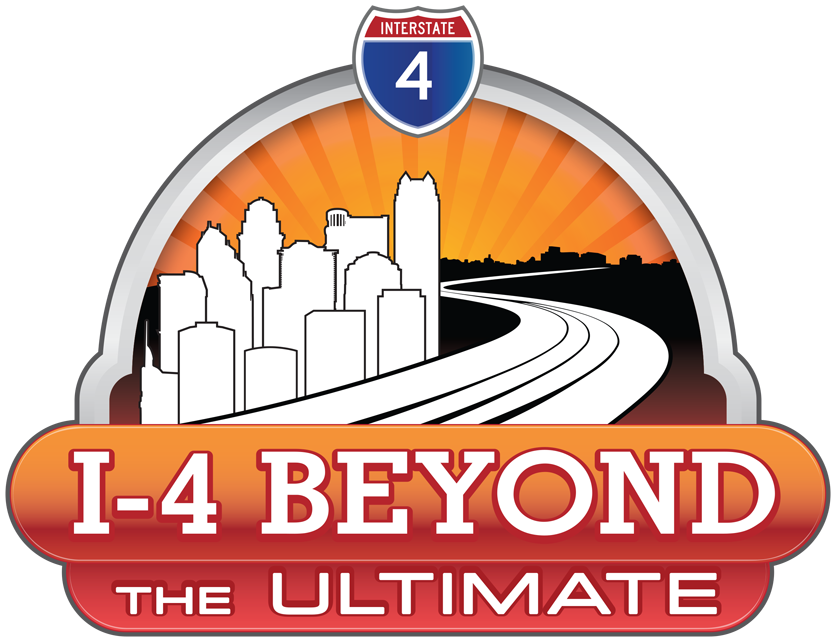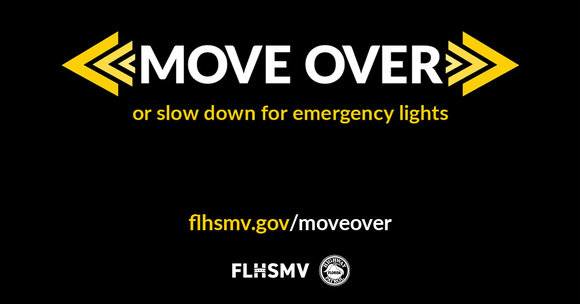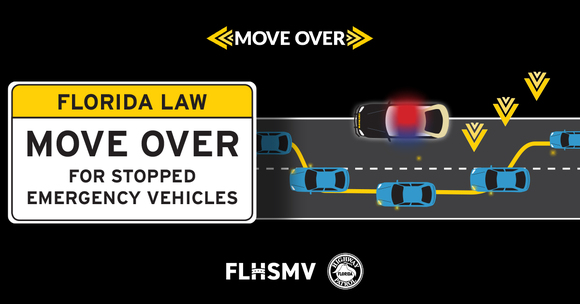Safety always comes first. That means safety will never be compromised by cost or schedule. We want you to make safety a top priority, too. Review the materials on these pages to keep you, and others around you, safe while you’re driving on the I-4 corridor during construction.

Our team’s culture places the safety of the traveling public and our workers as a top priority.
The Florida Department of Transportation urges those driving through the I-4 Beyond the Ultimate work zones — and all work zones — to drive carefully. Florida’s future depends on it.
In work zones, speed limits may be decreased, lanes may be closed, narrowed or shifted and people may be working near the road. Drivers exceeding the speed limit when workers are present face doubled fines.
Below are some tips to bear in mind while driving through construction zones.
Be Alert – Pay attention to the road and your surroundings in the work zone.
Don’t Tailgate — Unexpected stops frequently occur in work zones. Allow at least two car lengths between you and the vehicle in front of you.
Minimize Distractions — Avoid changing radio stations and using cell phones while driving in the work zone. Dedicate your full attention to the roadway.
Expect the Unexpected – Work zones are changing environments. Keep an eye out for workers and their equipment.
Don’t Speed – Follow the posted speed limits in and around the work zone.

Orange barrels mean pay attention! Please drive carefully in the work zone.
Work Zone Speeding: A Costly Mistake.
Approximately 40,000 people were injured in work zone crashes during 2018, according to the U.S. Department of Transportation. Nationwide, work zones saw:
- 123,810 crashes, 26% of which were caused by speeding, and 40% were rear-end crashes.
- 754 fatalities from crashes, 124 of which were roadway workers.
Renewed caution is especially important in Florida, which ranked second in the nation for fatal work zone crashes in 2018. Road workers in construction zones throughout Central Florida face the real-life dangers of working in and around ongoing traffic.
Excessive speed is a factor in more than a third of fatal work zone crashes throughout the state. Drivers exceeding the speed limit when workers are present face doubled fines. For example, the penalty for driving 10 mph over the posted speed limit in an active construction zone is $200 plus court costs.”




